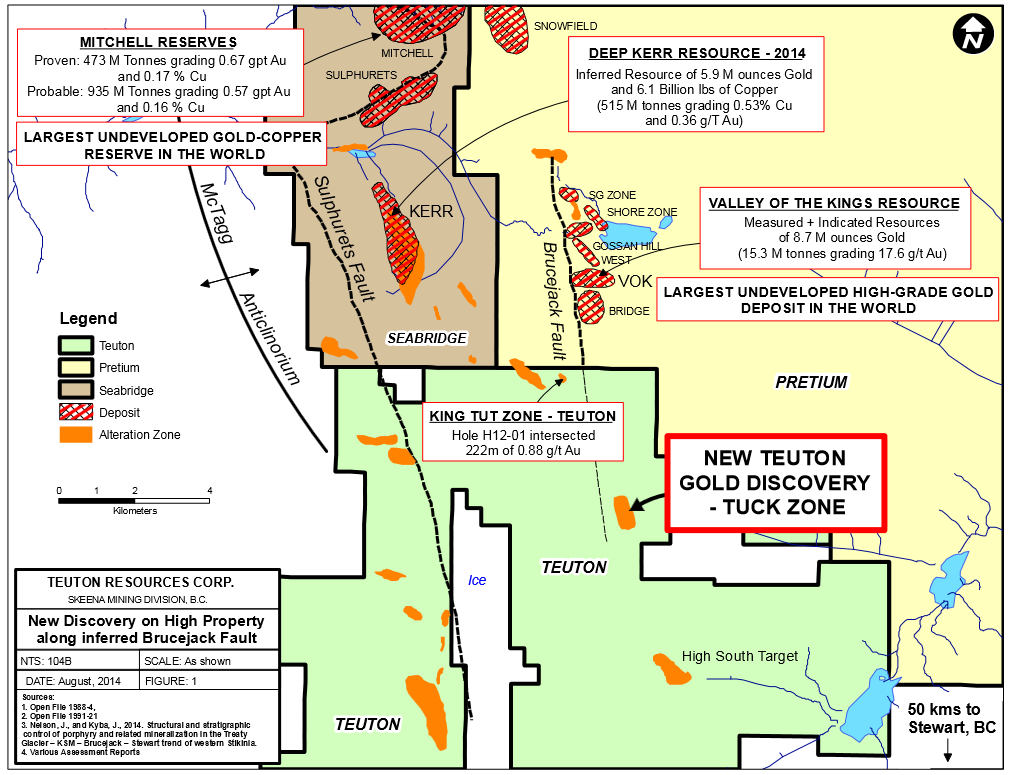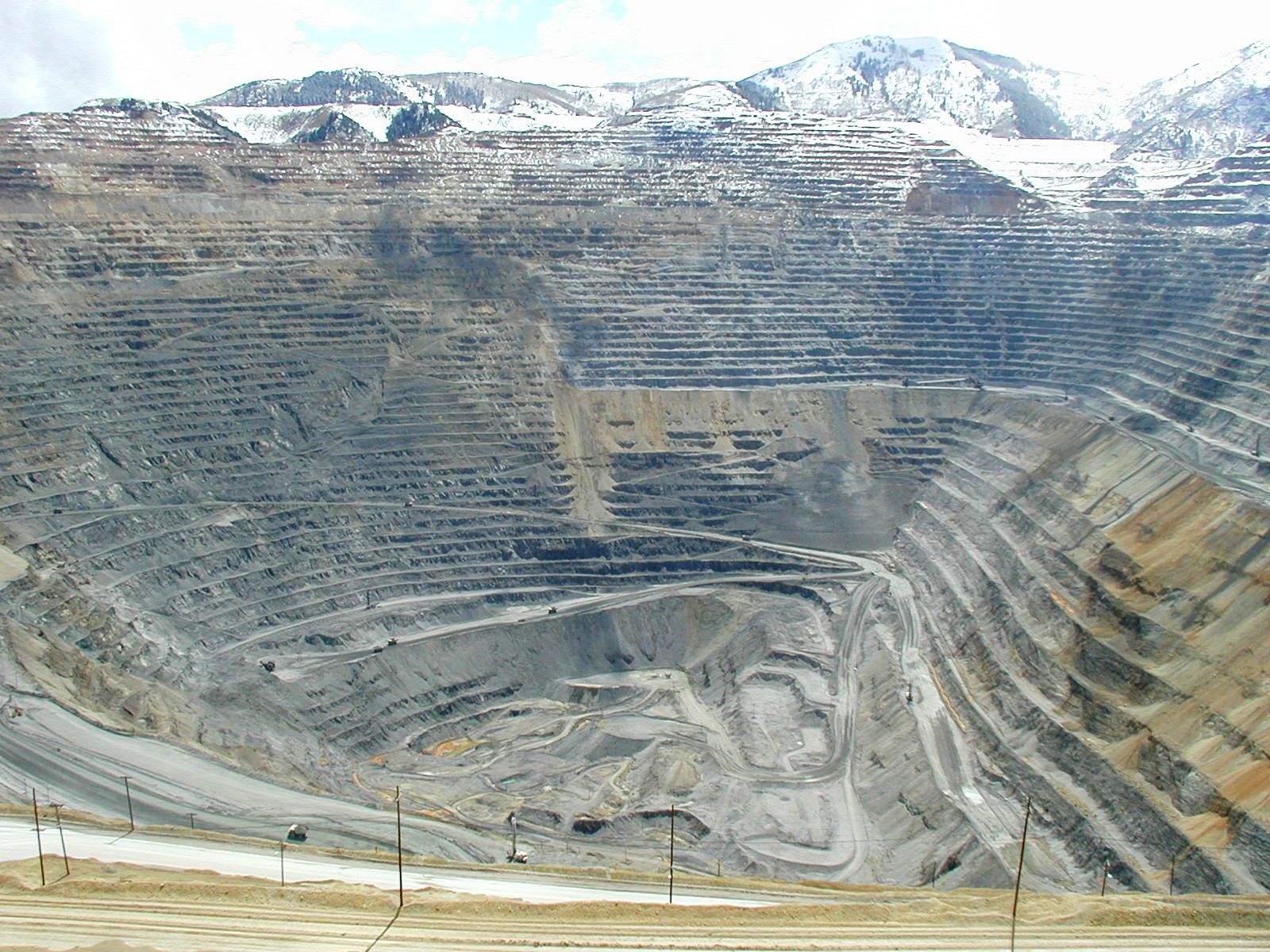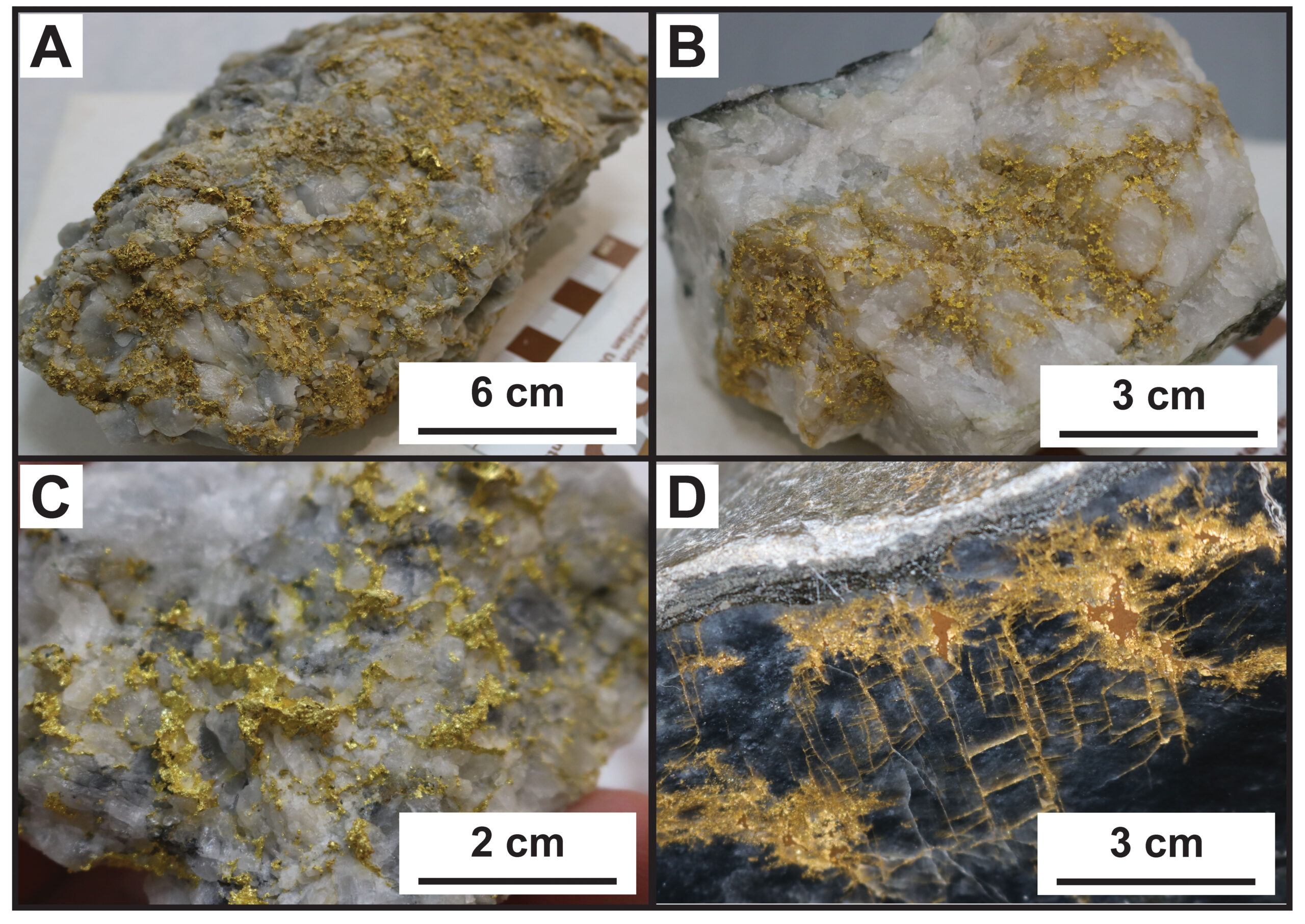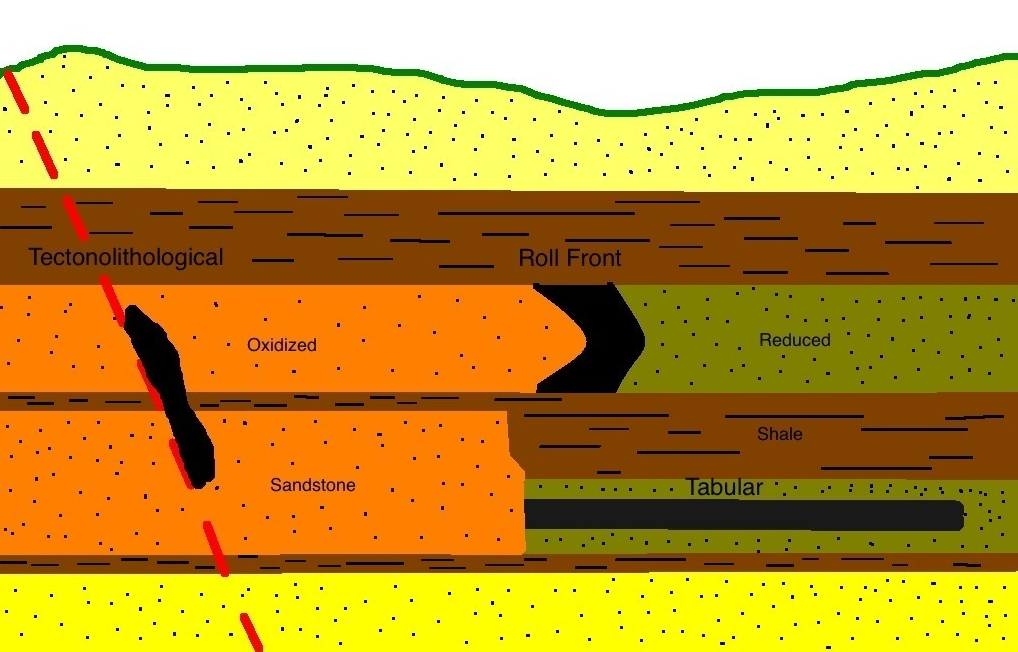Seasonal variations usually provide a narrow window for mineral exploration. For Teuton Resources, the short summer appears to have provided them with an interesting gift: A receding alpine glacier has revealed an area of geologic interest.
[box type=”info” align=”aligncenter” ]Disclaimer: This is an editorial review of a public mining company press release and is not an endorsement. It may include opinions or points of view that may not be shared by the companies mentioned in the release. The editorial comments are highlighted so as to be easily separated from the release text and portions of the release not affecting this review may be deleted. Read more at How to Use this Site.[/box]
VANCOUVER, BRITISH COLUMBIA–(Marketwired – Aug. 19, 2014) – Teuton Resources Corp. (“Teuton”) (TSX VENTURE:TUO)(FRANKFURT:TFE)(OTCBB:TEUTF) announces that 2014 prospecting has led to the discovery of an extensive zone of alteration and mineralization located 4km south of Pretium Resource’s Brucejack property and on strike with the Valley of the Kings and Bridge gold deposits, the former now the largest undeveloped high-grade gold deposit in the world. This new gold bearing area, called the “Tuck zone”, has just been recently exposed by ablation of an icefield that had previously obscured the mineralization. The zone is now exposed over a minimum 200m width and for 300m along strike before disappearing under snow and ice.
[box type=”note” align=”aligncenter” ]Teuton Resources recently began a surficial reconnaissance program on its High property located south of Pretium Resource’s Bruce jack property. The company claims to be the largest land holder in the “Golden Triangle” with over 300,000 hectares in land claims. The Golden Triangle contains over 900 known mineral occurrences including Imperial Metal’s gold-copper porphyry Red Chris deposit and is located in west-central British Columbia, Canada.
Working in higher latitudes and altitudes can be problematic for mining companies and seasonal variations usually provide a narrow window for mineral exploration. For Teuton Resources, the short summer appears to have provided them with an interesting gift: A receding alpine glacier has revealed an area of geologic interest. Despite our technological advances, getting lucky and “tripping over” some interesting rocks is still a big part of exploration. Many a mineral showing has been revealed accidentally by road construction, a fallen tree, forest fires or in this case, melting ice.[/box]

Gold and anomalous arsenic values are associated with intensely sericite altered volcanic rock. The altered rocks are jarosite stained with a strong quartz stockwork that locally forms up to 50% of the rock. Pyrite as coarse grains and as fine grained veinlets up to 1cm wide form up to 10% of the zone overall. A fine black unidentified sulphide occurs in some of the rocks sampled.
[box type=”note” align=”aligncenter” ]The newly discovered “Tuck Zone” contains gold and anomalous values of arsenic within an intensely “sericite altered” volcanic rock. Gold can be associated with the arsenic-iron sulfide mineral arsenopyrite which what makes the anomalous arsenic values interesting. Sericite is a fine grained mica and sericite alteration is common within epithermal gold deposits as well as porphyry coppers. These rocks are also stained with jarosite which is an iron sulfate that forms from the oxidation of iron sulfides. What is also interesting about this property is the company identifed a “black sulfide”. These black sulfides could be a mixture of fine grained iron sulfides or possibly fine grained copper or zinc sulfides.
The company could identify these minerals either through the use of thin-sections or geochemical assay. Thin-section analysis is the microscopic examination of a micron-thin slices of rock. While geochemical assays will always give the total content of various elements within a rock, they don’t tell you what minerals are hosting the metals. [/box]
Ed Kruchkowski, P. Geo., director of Teuton and longtime Stewart area geologist (who staked the original area of Pretium’s Valley of the King showings and discovered several of the numerous gold zones on that property) said: “The Tuck zone bears a striking resemblance to the gold bearing zones at Brucejack Lake, namely: strong sericite alteration, strong quartz stockwork, strong jarosite staining, anomalous arsenic with gold values, and abundant pyrite associated with the gold values, all located within close proximity to the Brucejack Fault.”
Further sampling is ongoing and drilling is anticipated this season after definition of targets.
[box type=”note” align=”aligncenter” ]Teuton has only completed a single drill hole (back in 2012) where it discovered the “King-Tut zone” grading at 0.88 g/t gold for 222m. (Looks like they were are adopting Pretium’s dramatic naming scheme). Very little exploration work has been completed elsewhere on the property. Diamond drilling can be quite expensive and companies usually refer to a variety of geological and geophysical data to narrow drill targets. A drilling program based on surface samples and the surface geology can be quite a risk and requires extensive planning. [/box]
D. Cremonese, P.Eng., president of Teuton, commented: “In the 30 years that Teuton has been exploring the Golden Triangle, meltback of icefields has been a very important source of new discoveries. Every so many years we discover a new occurrence, but this one could be the best yet. Because the new Tuck zone is located at much lower altitude than the King Tut showing and in much less rugged terrain, work should be able to progress further into the field season. Dimensions of the zone are impressive as well as the degree of alteration. We very much look forward to putting a drill on the property.”
[box type=”note” align=”aligncenter” ]Teuton Resources is currently trading at $0.085, about midway between its 52 week low of $0.035 and high of $0.175. [/box]
The Qualified Person for the purposes of this news release is D. Cremonese, P.Eng., who, as president, is not independent of the Company.






